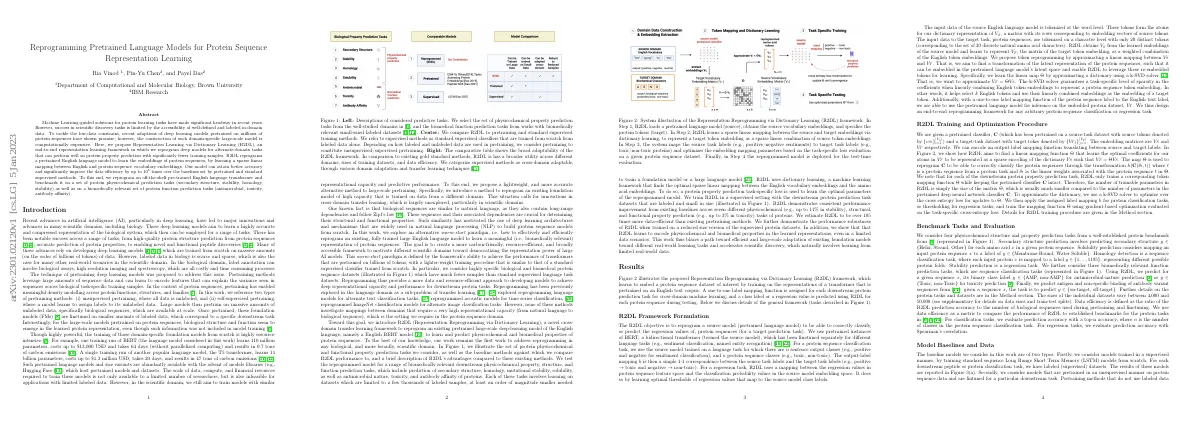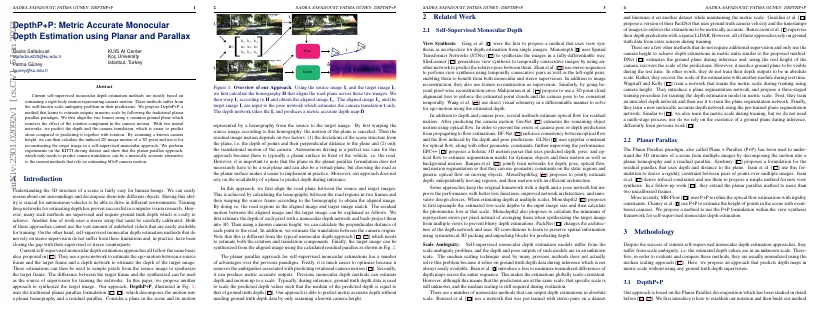Link to paper The full paper is available here.
You can also find the paper on PapersWithCode here.
Abstract Computer vision can automate the analysis of raw imagery from sensors. Computer vision is rarely taught to ecologists. This paper discusses the experience of teaching a diverse group of ecologists to prototype and evaluate computer vision systems in a summer workshop. Paper Content Introduction Manual annotation of images and videos is time consuming Computer vision algorithms can automate this process Computer vision is important for ecology due to climate change Ecologists need to understand and apply computer vision methods Related work Teaching machine learning, deep learning, and computer vision to computer science students Teaching machine learning to cross-disciplinary audiences such as non-CS undergraduates, business students, artists, materials scientists, and biologists Teaching computer vision to ecologists with background knowledge in statistics and programming Workshop in which researchers build prototypes using their own research data, not a traditional classroom environment The cv4e workshop CV4E Workshop held at Caltech from August 1-19, 2022 Program designed to train ecologists to use computer vision Application process included project proposal, personal statement, programming example, letter of reference, and CV Selection process included reviews from machine learning and ecology communities All participants funded for travel, room, and board Participants met with instructors to finalize project plans and learn Python Lectures, Invited Speakers, Reading Groups, Work Time, and Group Updates during workshop All 18 participants had trained models by end of workshop Slack workspace and ongoing projects formed community beyond workshop Lessons learned Enforce structured Python preparation before workshop Start simple when building computer vision system Collect similar projects in working groups Mix experience levels in working groups Make unambiguous infrastructure recommendations Avoid deep learning library wrappers Avoid Jupyter Notebooks Make sure GPUs are available Educational techniques Guided troubleshooting to hone machine learning skills Pair pseudocoding to help participants write code Goal statements to help participants track progress Contextualized lectures to keep topics grounded in applications Conclusion 18 participants in the inaugural 2022 CV4E Workshop 11 participants from 7 different states in the US, 5 from European countries, 2 from Canada Participants from diverse academic backgrounds 7 main categories of projects Using annotation tools to label image or audio data Common Unix commands Tools like nano, tmux, and screen SSH command and SSH keys Tools like scp or rsync for transferring files Using GitHub for tracking changes made to code Interacting with web interfaces of cloud computing providers Creating and managing virtual environments Libraries and command-line tools like OpenCV, ImageMagick, and FFmpeg Classes and objects, inheritance, encapsulation, polymorphism Common data structures and their methods Mutable and immutable objects In-place operations Concept of generalization Errors vs....









